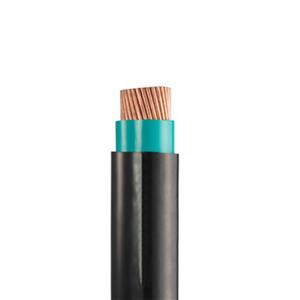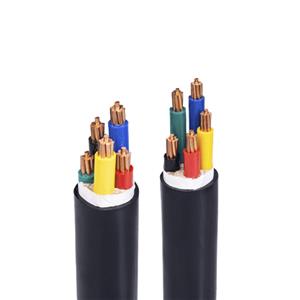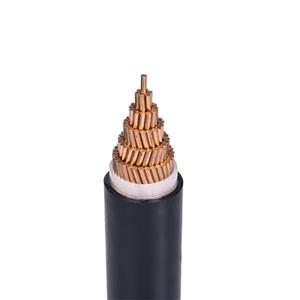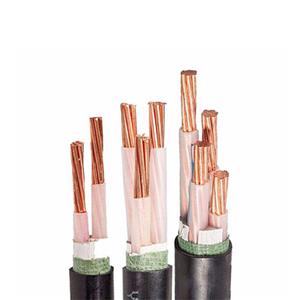Does wire thickness have anything to do with power consumption?
Entering June, the temperature began to rise sharply. Every household began to turn on the air conditioner, so some users will find that the electricity bill at home has begun to soar, and they will have such a doubt, is there any relationship between the thickness of the wire and the power consumption? According to the explanation of physics, for wires of the same material and length, the larger the diameter, the smaller the resistance, and the more current passes through in the same time; the smaller the diameter, the greater the resistance, and the less current passes through in the same time. The commonly used household wires we use are 1 square, 1.5 square, 2.5 square, 4 square, 6 square and 10 square, etc. The difference between wires of different squares, in layman's terms, is the difference in current carrying capacity. According to international standards, the commonly used wires in our homes, with different square numbers, have corresponding safe current carrying capacities as follows: 1 square: current carrying capacity is 6~8A1.5 square: current carrying capacity is 8~15A2.5 square: current carrying capacity is 16~25A4 square: current carrying capacity is 25~32A6 square: current carrying capacity is 32~40A10 square: current carrying capacity is 40~65A
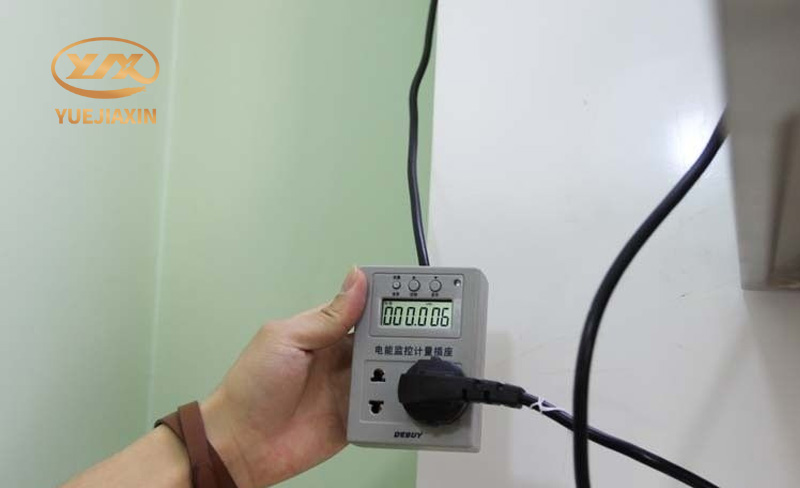
So what is the relationship between the thickness of the wire and power consumption?
Theoretically, the thickness of the wire has nothing to do with power consumption, but in the process of power transmission, the resistance of the wire is inversely proportional to the wire diameter. The thinner the wire diameter, the greater the resistance. When the same current flows through, the thinner the wire diameter, the greater the resistance, the greater the power consumed by itself, and the easier it is for the wire to heat up. Over time, the wire will age, and when the line is severely aged, it will cause a fire. Thin wires consume more power for two reasons: 01. When the wire is thin, the resistance is large, the heat generated under the same current is large, and more power is consumed 02. When the resistance is large, the voltage drop is large, and the voltage of the final load is low. For many loads, such as motors, low voltage will lead to low efficiency, and the current will increase instead, and the power consumption will increase significantly.
But it is not the case that the thicker the wire, the more power it saves. The thickness of the wire (cross-sectional area of the wire) corresponds to the load capacity, that is, the allowable normal working current. Purely in theory, the thicker the wire diameter, the smaller the line loss, and the smaller the wire diameter, the greater the line loss. But the thicker the wire, the more expensive it is. We cannot blindly increase the wire diameter in order to save one kilowatt-hour of electricity in 10 years. This is neither economical nor necessary. For example, if you use a kettle to boil water, assuming that the voltage of the entire line to the electrical equipment remains unchanged, the thinner the wire is, the greater the resistance is, the higher the voltage on the wire will be, and the wire will also lose some energy. Because the voltage on the wire is higher, the voltage on the kettle will be relatively lower, and the energy required to boil a pot of water is the same, so the time it takes will be relatively longer. From this point of view, the power consumption of boiling a pot of water has indeed increased, but in fact this impact is not large, and the extra loss can be almost ignored.
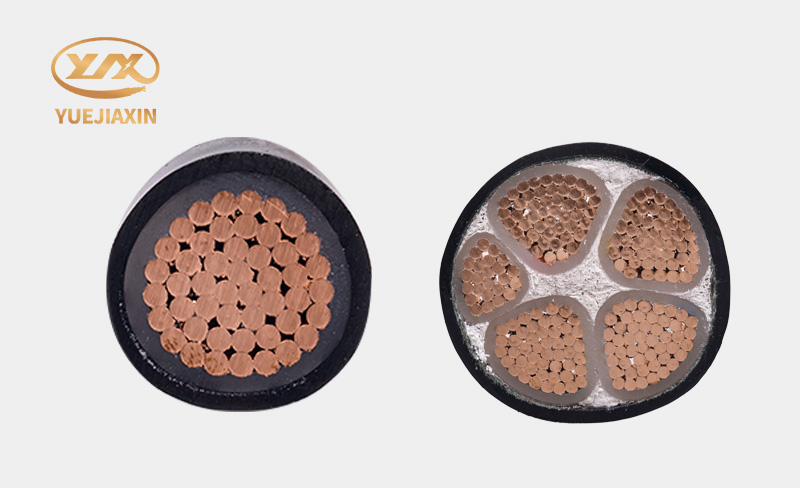
Moreover, for the same wire diameter, different brands and different products will have different wire resistance and different power loss, because the copper conductor materials used are different. Foshan Yuejiaxin Wire and Cable Co., Ltd. uses high-quality copper with a purity of up to 99.99% as raw material, which has lower resistance and stronger conductivity, reducing power loss.
Therefore, the thicker the wire, the better. When choosing home wires, we must first calculate the total power (wattage) of the appliance, and then use the power to calculate the current size. According to the nominal current allowed by the wire, the maximum working current of the line can be matched, and then choose the appropriate wire. There is no need to buy thicker wires.

